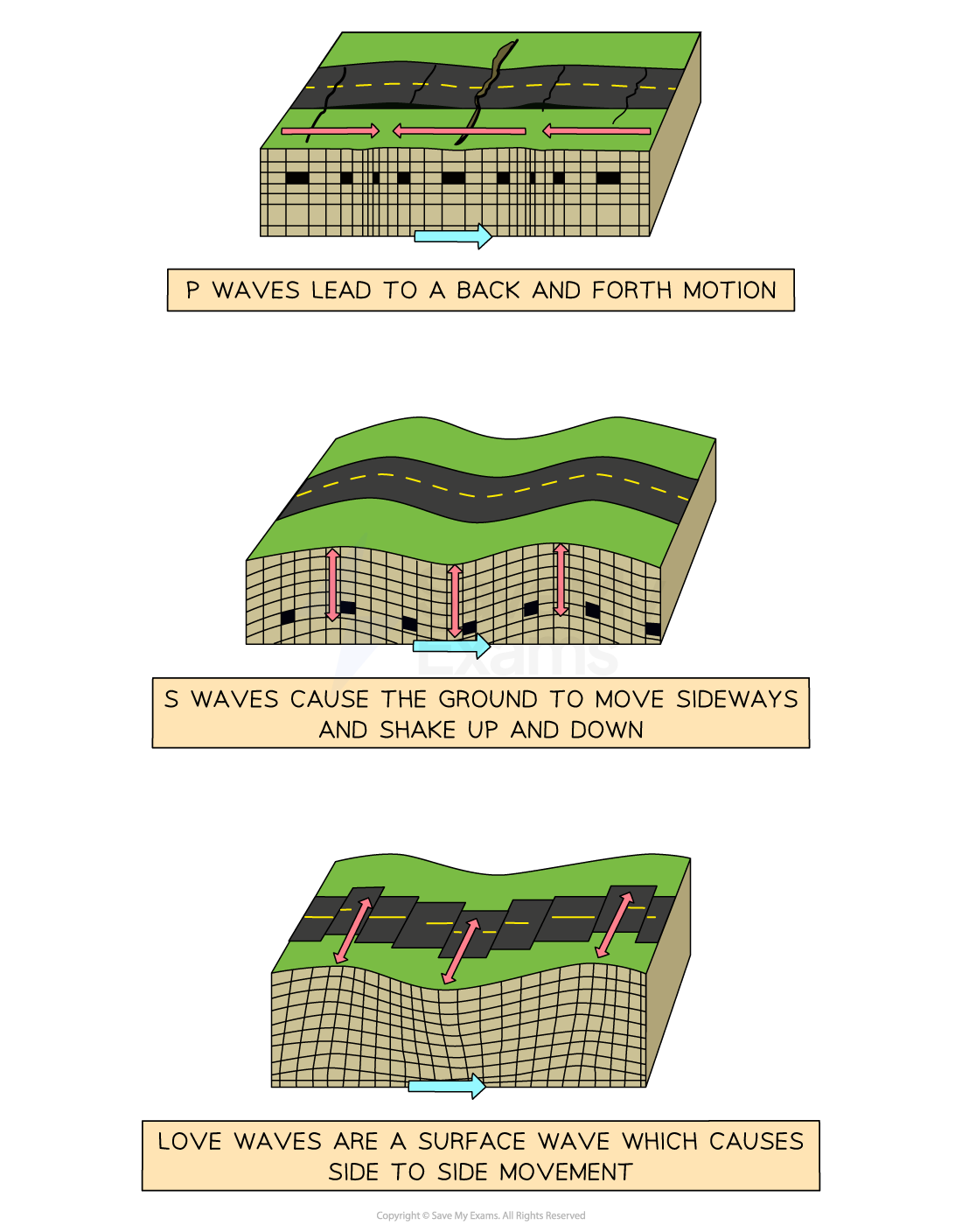Distribution Of Earthquakes
- The majority of earthquakes (about 95%) occur close to or at a plate margin
- Many occur around the 'Ring of Fire' surrounding the Pacific Ocean
- Earthquakes occur on all plate margins - constructive, destructive, collision and conservative
- The most powerful earthquakes are usually associated with destructive or collision plate margins
- Intra-plate earthquakes are those which do not happen at plate margins - these are often linked to hot spots or old fault lines

Global distribution of earthquakes





